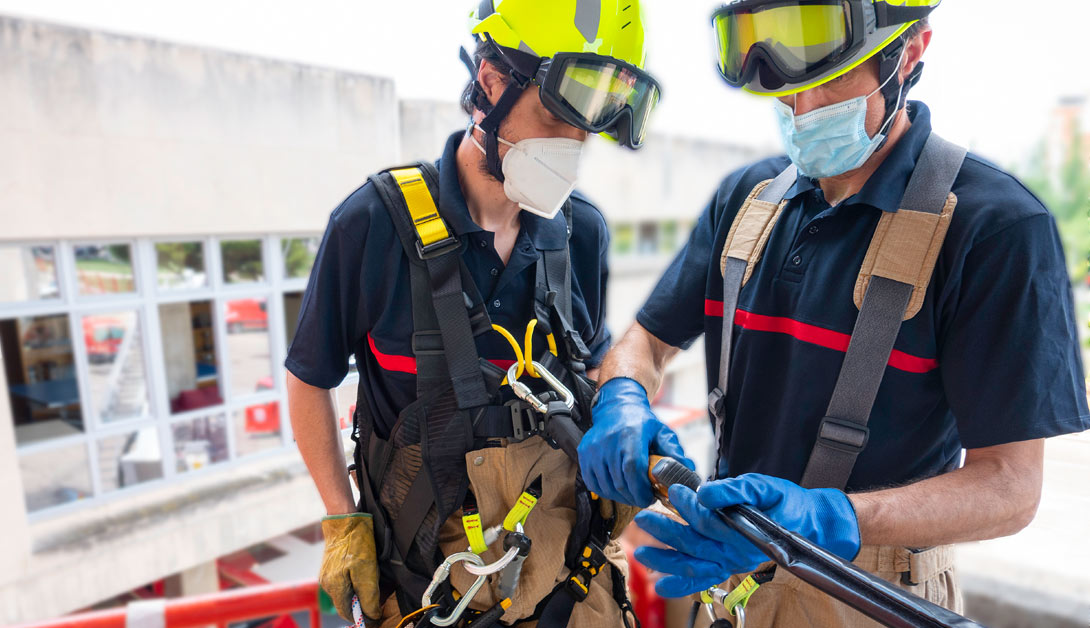Unlocking Safety
Potential: Keys to Captivating and Effective HSE Training
In today's fast-paced and dynamic work environments, ensuring the safety of employees is paramount. Health, Safety, and Environment (HSE) training plays a crucial role in equipping workers with the knowledge and skills necessary to mitigate risks and prevent accidents. However, traditional HSE training methods often fall short in engaging employees and delivering lasting impact. To truly unlock the safety potential within organizations, it's essential to adopt captivating and effective training approaches. Here are 10 keys to achieving just that:
Interactive Learning Modules: Move beyond static presentations and embrace interactive learning modules. Utilize multimedia elements such as videos, simulations, and quizzes to actively engage participants and reinforce key concepts.
Real-Life Scenarios: Incorporate real-life scenarios relevant to the specific industry or workplace environment. Case studies and simulations allow employees to apply their knowledge in practical situations, enhancing retention and problem-solving skills.
Hands-On Training: Provide hands-on training opportunities whenever possible. Practical exercises and demonstrations allow employees to familiarize themselves with safety protocols and equipment, boosting confidence and competence.
Gamification: Harness the power of gamification to make learning enjoyable and memorable. Implementing elements such as leaderboards, badges, and rewards incentivizes participation and motivates employees to actively engage with the training materials.
Customization: Recognize that one-size-fits-all training may not effectively address the diverse needs and experiences of employees. Tailor training programs to the specific roles, responsibilities, and learning styles within the organization for maximum relevance and impact.
Continuous Reinforcement: Safety is not a one-time event but an ongoing commitment. Implement mechanisms for continuous reinforcement of safety principles, such as regular refresher courses, safety meetings, and feedback loops.
Employee Involvement: Involve employees in the development and delivery of HSE training programs. Solicit their input, experiences, and feedback to ensure training materials resonate with their realities and address their concerns effectively.
Leadership Support: Cultivate a culture of safety from the top down. Secure buy-in and active participation from leadership by emphasizing the importance of HSE training and leading by example in adhering to safety protocols.
Language and Cultural Sensitivity: Acknowledge and accommodate diverse linguistic and cultural backgrounds among employees. Translate training materials into multiple languages and incorporate cultural nuances to ensure accessibility and inclusivity.
Measurable Outcomes: Establish clear objectives and metrics to assess the effectiveness of HSE training initiatives. Monitor key performance indicators such as incident rates, near-misses, and safety compliance to evaluate the impact of training efforts and identify areas for improvement.
In conclusion, unlocking the safety potential within organizations requires a multifaceted approach that prioritizes engagement, relevance, and continuous improvement. By implementing these 10 keys to captivating and effective HSE training, organizations can empower their employees to prioritize safety, mitigate risks, and create a safer work environment for all. Remember, safety is everyone's responsibility, and investing in comprehensive HSE training is an investment in the well-being and success of the entire organization.


